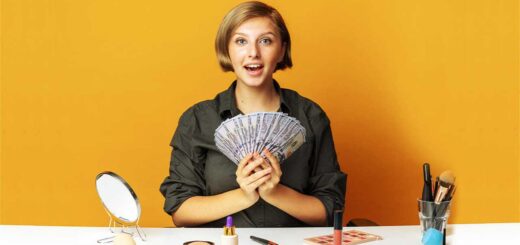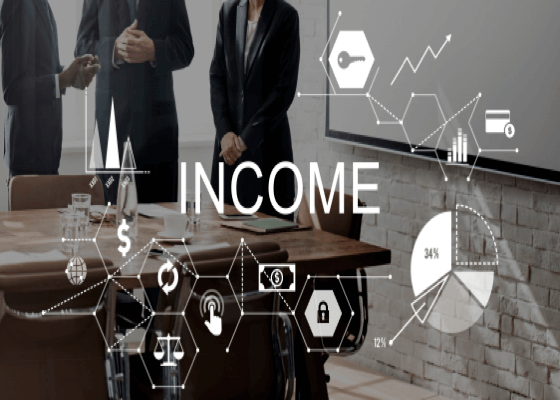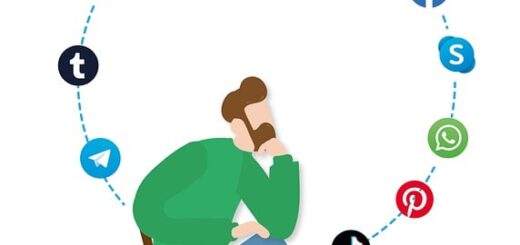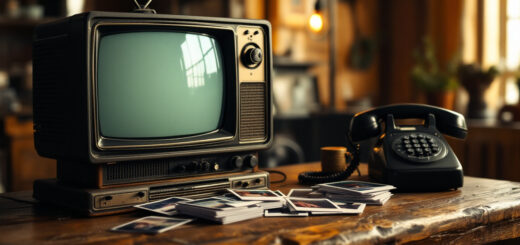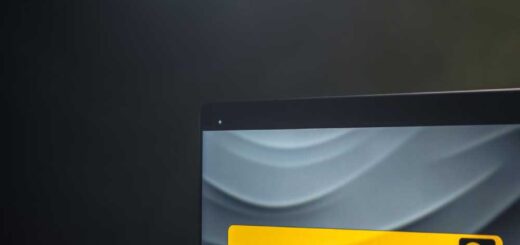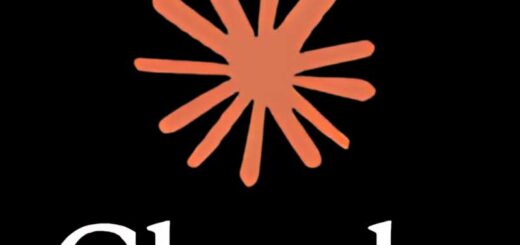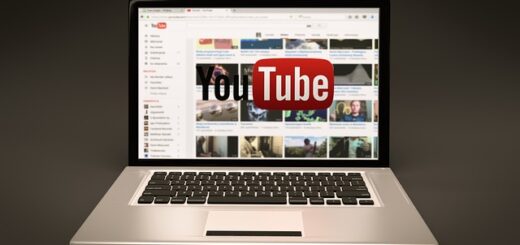Pricing Psychology Tips to Help You Sell More Stuff
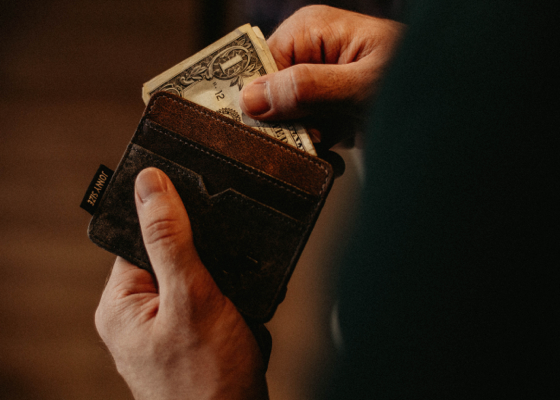 When it comes to driving sales, pricing isn’t just about numbers — it’s a psychological game. Subtle shifts in how you present prices can have a huge impact on customer behavior.
When it comes to driving sales, pricing isn’t just about numbers — it’s a psychological game. Subtle shifts in how you present prices can have a huge impact on customer behavior.
Here are 10.5 proven techniques that tap into human psychology to make your offers irresistible.
1: Big Font Equals Big Price – We confuse the visual size of a number for the numeric size. Thus, $100 looks like more money than $100. Display your prices using small fonts.
2: Higher Prices Anchor Expectations – Do you want people to spend more, or be more agreeable to paying more? Then list a higher price first. Higher priced items near the top change perception of other items on the list. For example, show the one-on-one coaching package for $5,000 first, and the subsequent $397 course will look like a bargain.
3: Dollar Signs are Bad – Dollar signs are a negative trigger equivalent to psychological pain. If you can, leave your dollar sign off of your price, making it 197 instead of $197.
4: Numbers Ending in .99 Seem Cheaper – This is known as ‘charm pricing,’ and it’s simply subtracting a penny from your price. So instead of charging $100.00 for your product, charge $99.99 and you’ll make more sales.
5: Abbreviated Numbers Seem Smaller – $10K seems smaller than $10,000.00, just as $1 seems smaller than $1.00.
6: Red Numbers Are Bargains – Or at least they appear that way. Studies show that when prices are shown in red, we assume they’re a good deal. Try showing your sale prices in red, using a smaller font than the original price, like this: Was $210.00, now just $69!
7: BOGO Works Better than 50% – Offering buy one, get one free converts better than offering a 50% discount, even though it means they pay more if they’re buying more than one of your product.
8: Comparison Numbers Increase Conversions – Comparing your $199 2-week info product to a $60,000 4-year college education will close more sales for you.
9: Odd Numbers Beat Even Numbers – Studies show that numbers that end in 1, 3, 5, 7 or 9 appear smaller than ones that end in an even number.
10: Be Specific – Specific number anchor expectations. 10 for $10.00 is obviously $1 apiece, but the vast majority of people will go ahead and purchase 10 because that’s what the sign says. Snickers tested, “Buy them for your freezer” against “Buy 18 for your freezer.” The second option increased sales by 38%.
10.5: Luxury Products? Use Round Numbers – Round numbers are equated with expensive luxury items. If you’re targeting the richest 1%, charge $1700 instead of $1699. Also experiment with raising your prices significantly, since higher prices are more attractive to people with unlimited means.
~~Bonus Numerical Tip~~
Exact Numbers Appear Larger – If you want a number to feel big, stretch it out using commas and decimals. For example, 1,507,375 followers looks bigger than 1.5M followers

